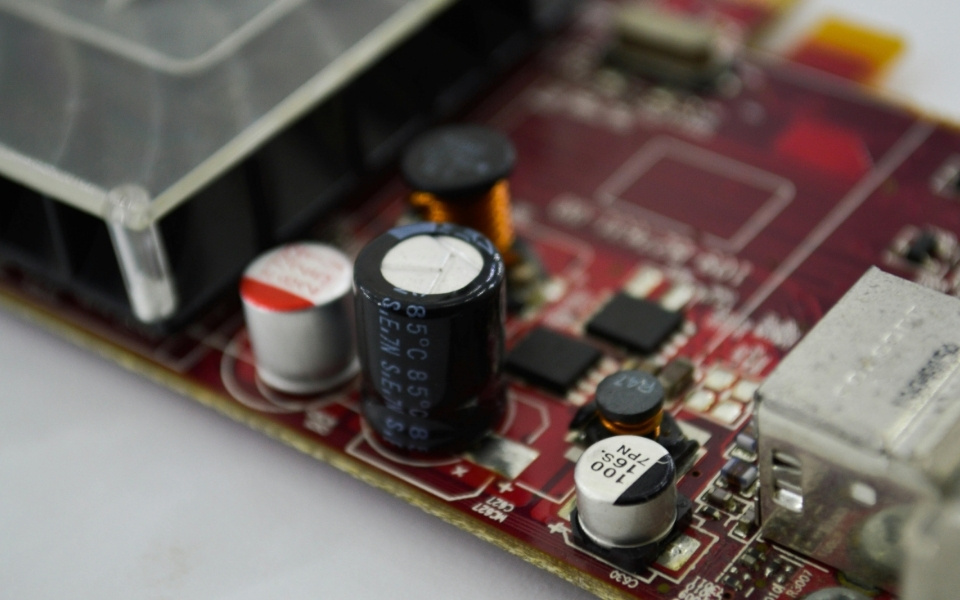In the high-speed digital world, signal integrity (SI) is paramount. Engineers have refined manual testing and validation methods over decades to deliver dependable data transport. But what happens as circuits get faster and more complex: Can automated SI testing surpass the skills of man?
ALSO READ: Challenges in 3D-IC Manufacturing: Overcoming Heat Dissipation and Yield Issues
The Need for Automation is Growing in SI Testing
Historically, SI testing has been a labor-intensive endeavor. Engineers use oscilloscopes, TDRs, and simulation software to manually check signals for jitter, crosstalk, and reflections. It works, but it’s time-consuming, error-ridden, and not scalable for today’s high-speed designs.
Step in automated SI testing – a savior that combines AI, machine learning, and sophisticated algorithms to accelerate validation and enhance accuracy. But does it really outclass human testing? Let’s see.
How Automated SI Testing Functions?
Automated SI testing merges AI-based software with conventional test equipment to monitor, forecast, and fix signal integrity problems. Here’s the way it takes the process further.
- Faster Analysis: AI algorithms analyze huge volumes of SI data in seconds, reducing testing time drastically
- Increased Accuracy: Machine learning algorithms identify anomalies that can go undetected in human testing
- Predictive Insights: Next-generation automation doesn’t only test signals—it forecasts future failures and recommends repairs before they happen
- Scalability: With automation, testing isn’t constrained by human availability. Large-scale validation across multiple designs is a breeze
Can Machines Really Outperform Human Engineers?
Though automation is a strong ally, human skill never goes out of style. Here’s the difference between the two.
- Speed & Efficiency: Automated solutions process signals quicker than any human, cutting down validation time to minutes from hours
- Error Reduction: AI-based validation reduces human error, particularly in high-speed designs with intricate SI issues
- Learning & Adaptability: Unlike humans, AI learns from each test run, getting better with time
- Engineering Instinct: Although AI identifies abnormalities, it cannot match the underlying contextual knowledge possessed by human engineers
- Tailored Problem-Solving: Specialized SI problems tend to need human innovation, which is still difficult to emulate through automation
The Future: A Blend of Approaches
Instead of replacing human engineers, automated SI testing is best understood as a potent aid. The future is in a hybrid model, where AI-powered automation performs repetitive and extensive testing while engineers concentrate on innovation, debugging, and design enhancement.
Final Thoughts
Signal integrity testing automation is not about replacing engineers but about enabling them. With AI-powered tools taking care of repetitive validation, engineers are free to focus more on innovation at the edge of high-speed design. So, can humans be beaten by automated testing? In terms of speed and accuracy, yes. But in problem-solving and innovation, humans remain ahead.
The actual future? The perfect blend of human expertise with AI, offering the best of both worlds.



